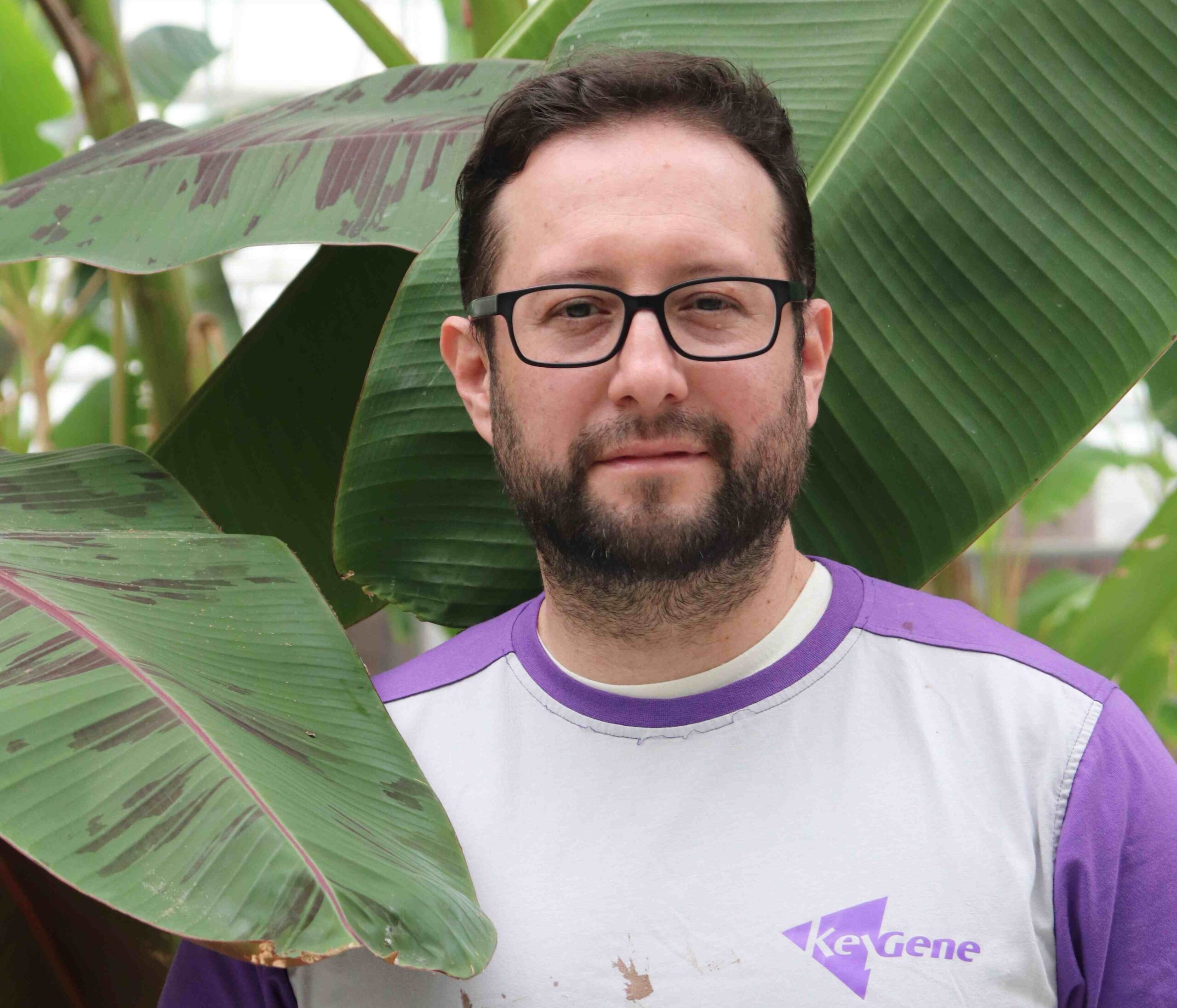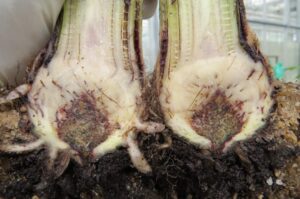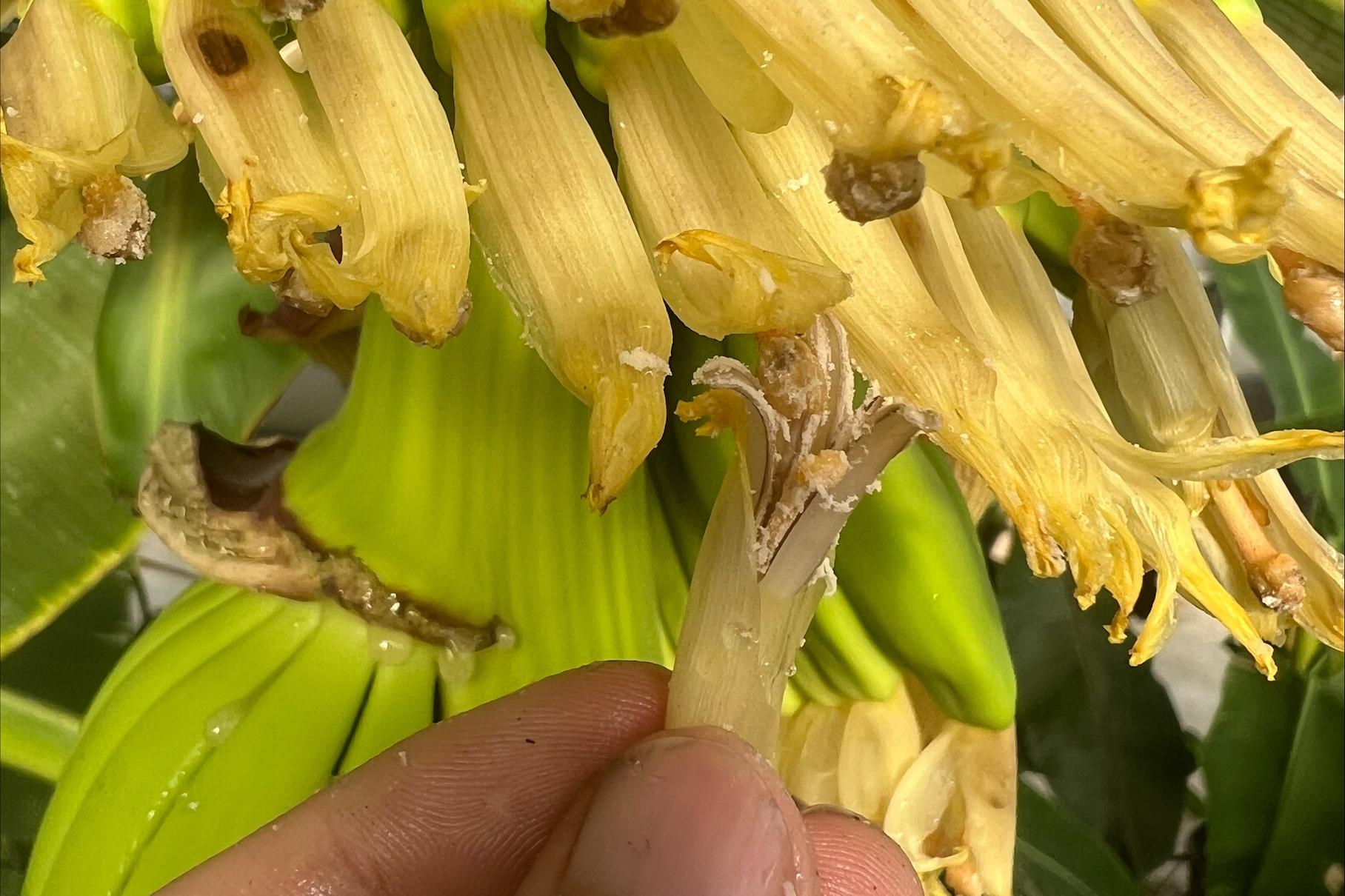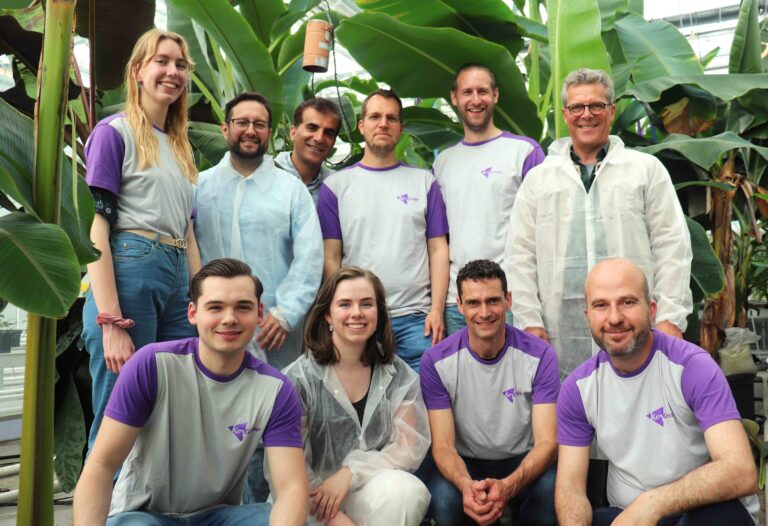29 June 2023
Building Back Biodiversity: Expanding the Banana Family

May 22: International Biodiversity Day
The International Day for Biological Diversity is sanctioned by the United Nations to promote and act on biodiversity issues.
Our expert scientist Fernando Garcia-Bastidas dives into the positive impact of biodiversity on the banana work at KeyGene and the future of the banana.
From Agreement to Action – Build Back Biodiversity
Biological diversity is often understood in terms of the wide variety of plants, animals and microorganisms in our ecosystems. But biological diversity goes much deeper. It also includes genetic variation within each species – leading to, for example, different types of the same crop. As KeyGene innovates technology for crop improvement, such genetic biodiversity is a topic close at heart.
Following this year’s theme “From Agreement to Action; Build Back Biodiversity”, let’s share how KeyGene, in collaboration with Chiquita, MusaRadix and Wageningen University, is building back the biodiversity of the fourth most important staple crop in the world: the banana.
The One-Banana Problem
There are two main types of edible bananas: the cooking types (e.g. plaintains) and the dessert types. Dessert bananas are the well-known sweet fruits of which global consumption is huge – its worldwide industry stands at about 660 billion bananas per year.
Unfortunately, this globally beloved crop has a big problem.
For the last two centuries, dessert banana production relied heavily on a small group of almost genetically identical plants (i.e. clones), resulting in a monoculture crop. This complete lack of diversity has proven to be a major threat to the existence of banana. Back in the 1950’s, the banana monoculture of that time, the Gros Michel, was wiped out by the incursion of the infamous Panama disease. At that time, the disease was caused by the fungus Fusarium Race 1. Luckily a plant found in a botanical garden in the UK, the Cavendish, was discovered to be resistant. This variety gradually replaced the Gros Michel and became the new monoculture.
 Only a couple of decades later, betting on a monoculture proved, once again, to be an unsustainable solution. Another member of the Fusarium family, Fusarium Tropical Race 4 (TR4), is devastating banana plantations with Panama disease anew. This time, neither the Cavendish clones nor the cooking varieties are resistant. TR4, together with other diseases, is now pushing Cavendish to the same fate as the Gros Michel.
Only a couple of decades later, betting on a monoculture proved, once again, to be an unsustainable solution. Another member of the Fusarium family, Fusarium Tropical Race 4 (TR4), is devastating banana plantations with Panama disease anew. This time, neither the Cavendish clones nor the cooking varieties are resistant. TR4, together with other diseases, is now pushing Cavendish to the same fate as the Gros Michel.
But contrary to the past – there is no replacement available.
The Need to Breed
At this moment, the most pronounced challenge to the dessert banana is the rapid spread of TR4. But the crop also lacks resistance against other diseases such as Moko, Blood disease, and Black Sigatoka. The latter is caused by the air-borne fungus Pseudocercospora fijiensis. In most cases, this fungus can only be controlled by weekly extensive fungicide input.
To address the threats against banana, we need to breed resistant, sustainable varieties to become the basis of this popular fruit. KeyGene’s expertise and technology provides a crucial boost to this ambition.
For KeyGene, together with Chiquita, MusaRadix and Wageningen University, a clear reason to work together on our own banana breeding program. Together they started the Yelloway banana breeding initiative.

Starting point is biodiversity
A Cavendish replacement is preferably still Cavendish-like. Its fruits are tasty, a great size, and easy to eat. Cavendish can, however, not be the starting point for a new variety. The triploid feature of the Cavendish results into a sterile crop which can only be vegetatively propagated. Taking into account additional breeding impairments, trying to breed new varieties from Cavendish is, some may say, bananas.
If we want a Cavendish replacement, we need to look somewhere else than this monoculture.
Luckily, collections of genetic resources of so-called wild, diploid banana exists. This germplasm is an invaluable source of genetic diversity for different traits. It comprises groups of truly wild seed-bearing (non-edible) genotypes as well as edible, parthenocarpic (seedless) clones. The latter are often cultivated as landraces.
We can utilize this biodiversity, together with high-resolution genomic knowledge and molecular research and selection techniques, to reconstructively breed diverse, new, and effective Cavendish-like varieties.
Exploring the Banana Family Tree
The first steps in our breeding program were to genotype this germplasm at high resolution, categorize accessions (plant material with a unique genetic makeup) into phylogenetic clusters and to associate these clusters with the ancestral genotypes of Cavendish. Thanks to banana plants provided mostly by Bioversity International, we have been able to create a phylogenetic tree with more than 150 different accessions. We’ve also built up a precise and extensive marker database, linked to traits such as resistance – including for the two major fungal diseases – , flavor, fruit size, and shelf life.
This resource of genotypes and phenotypes is the basis for our genomics-based breeding approach. It allows us to sharply and rapidly select and combine genetic resources in a tailor-made cross-breeding scheme for novel domestication of edible banana types.
To put it plainly, we uncovered the banana family tree, identified valuable traits connected to groups in that lineage and are working on combining those traits into new, resistant, and market-relevant bananas.
On top of that, we use the latest RNA and DNA technologies to select the best parents, identify traits at seed or tissue culture level, and promote germination, which speeds up our breeding process immensely.
In 2019, KeyGene performed the first cross. In 2020, we established our breeding station with more than 1,000 plants. Present-day, we have achieved more than 150 successful crosses and produced more than 12,000 seeds.
Biodiversity is the Future

KeyGene’s banana team
We use diversity to bring about more diversity. Over the past years, we have not just build back biodiversity but build new biodiversity through unique crosses. By combining multiple parents, we combine, accumulate, and even develop novel traits.
Our aim is not only to breed new dessert bananas to replace the current, threatened Cavendish. We want to develop resistant cooking bananas. We want to develop bananas suited for diverse climate conditions. We want to develop bananas that add new dimensions to our meals. We want the offering of bananas to be as diverse as the selection of apples you can currently find in your local market.
It is not another monoculture, but genetic diversity, that will secure the sustainable future of banana production!
More information
- Read more about KeyGene’s work in revealing and understanding biodiversity
- Want to reach out to us? You can contact us here.
- Want to keep up to date with KeyGene? You can sign up for our newsletter here.